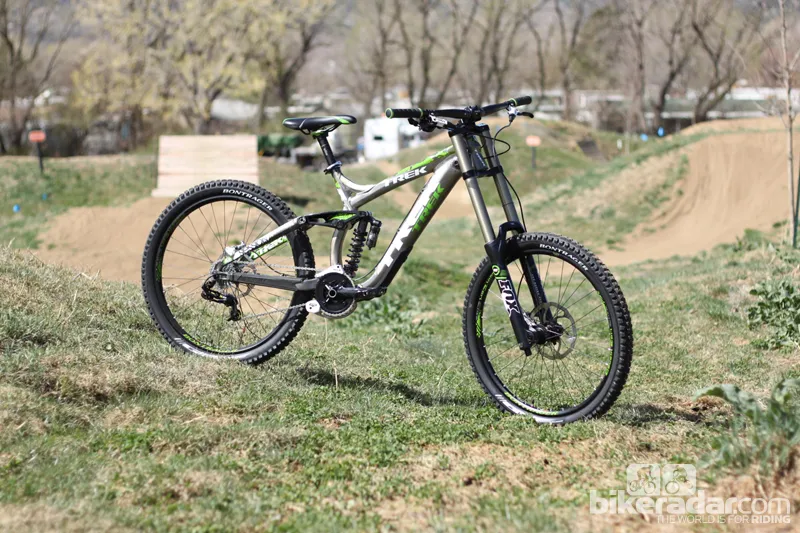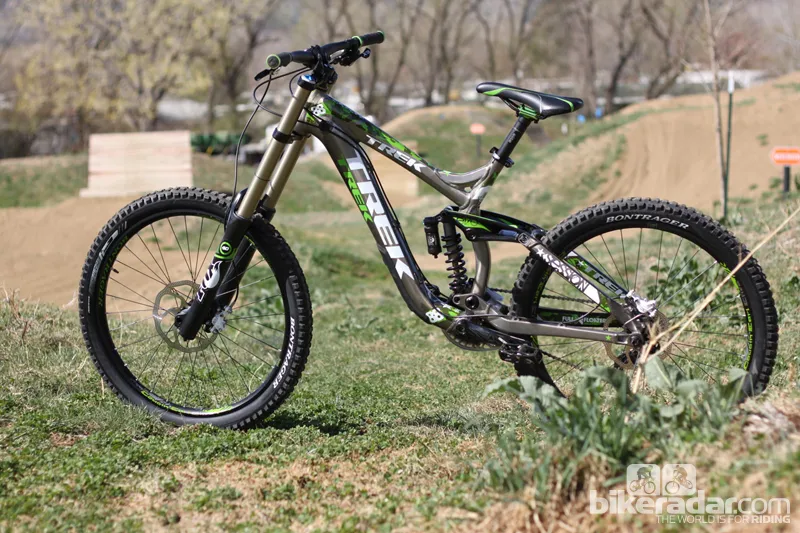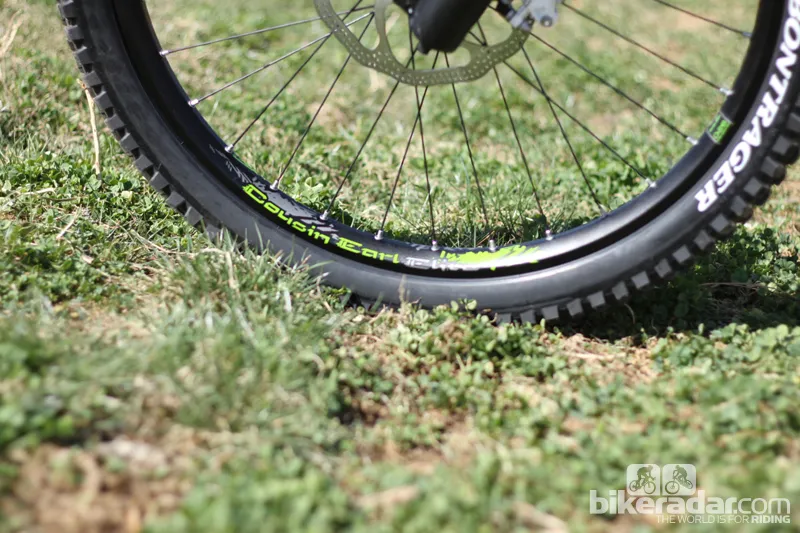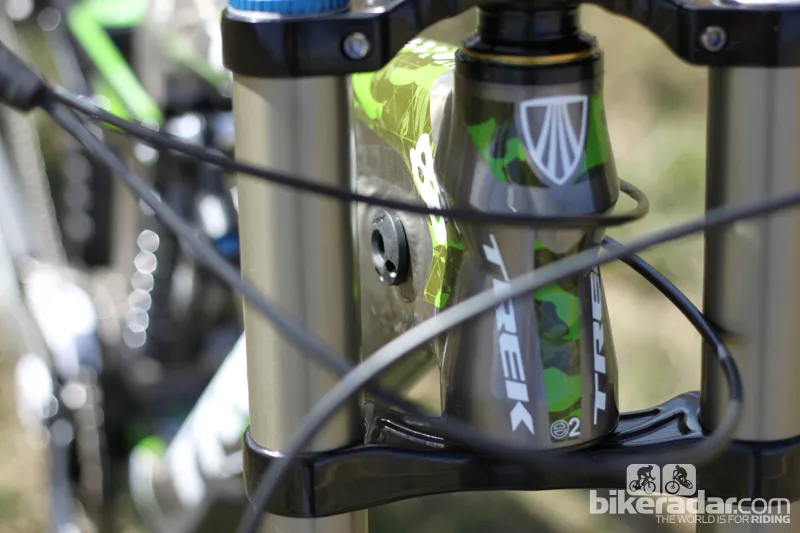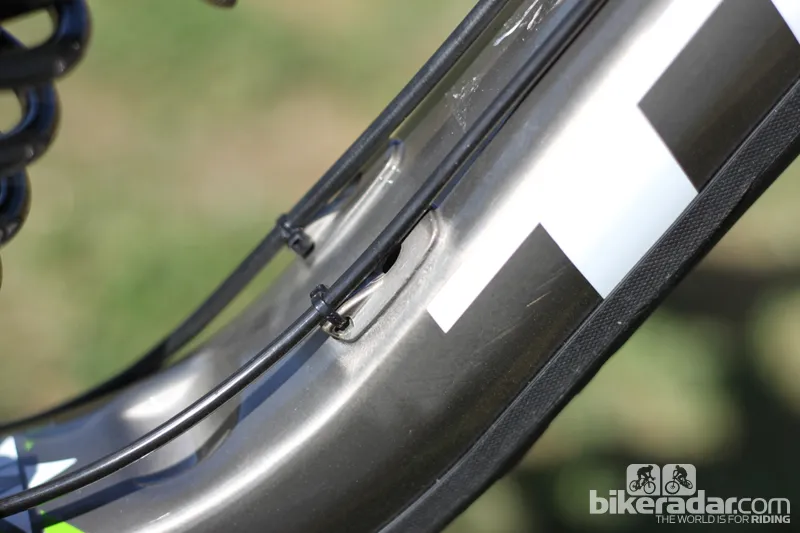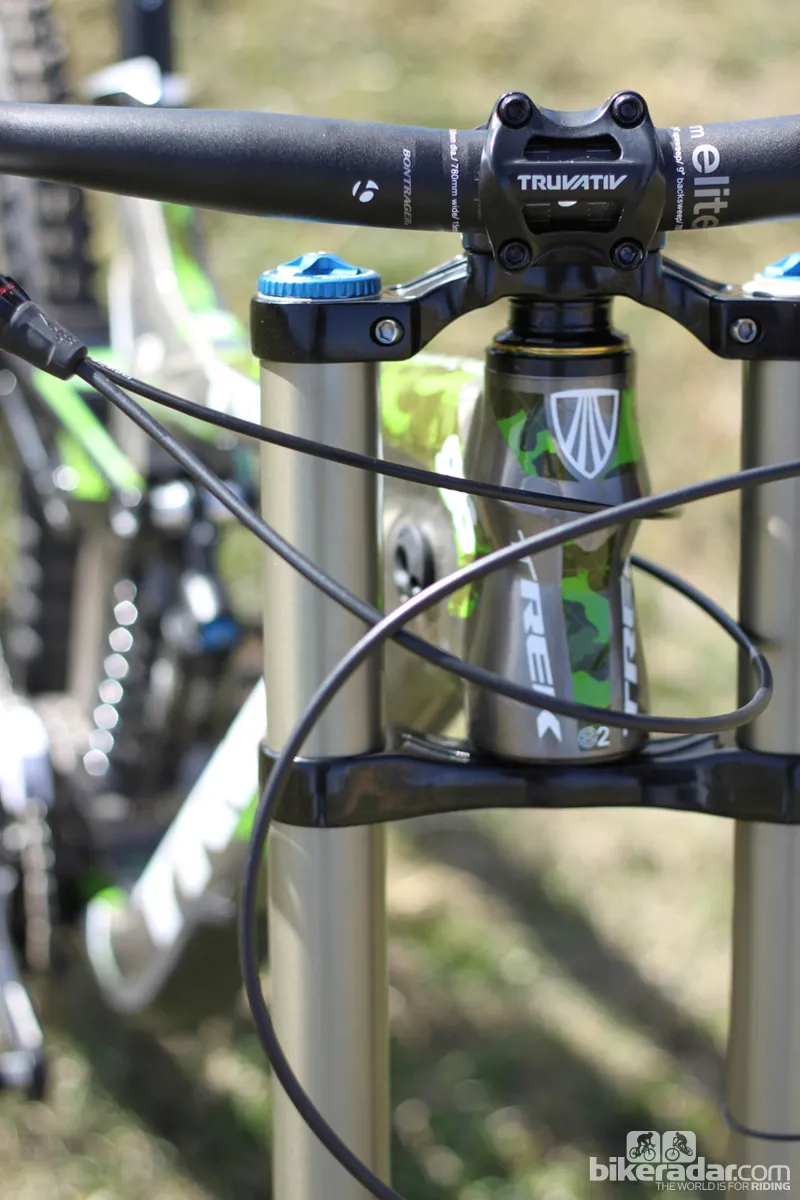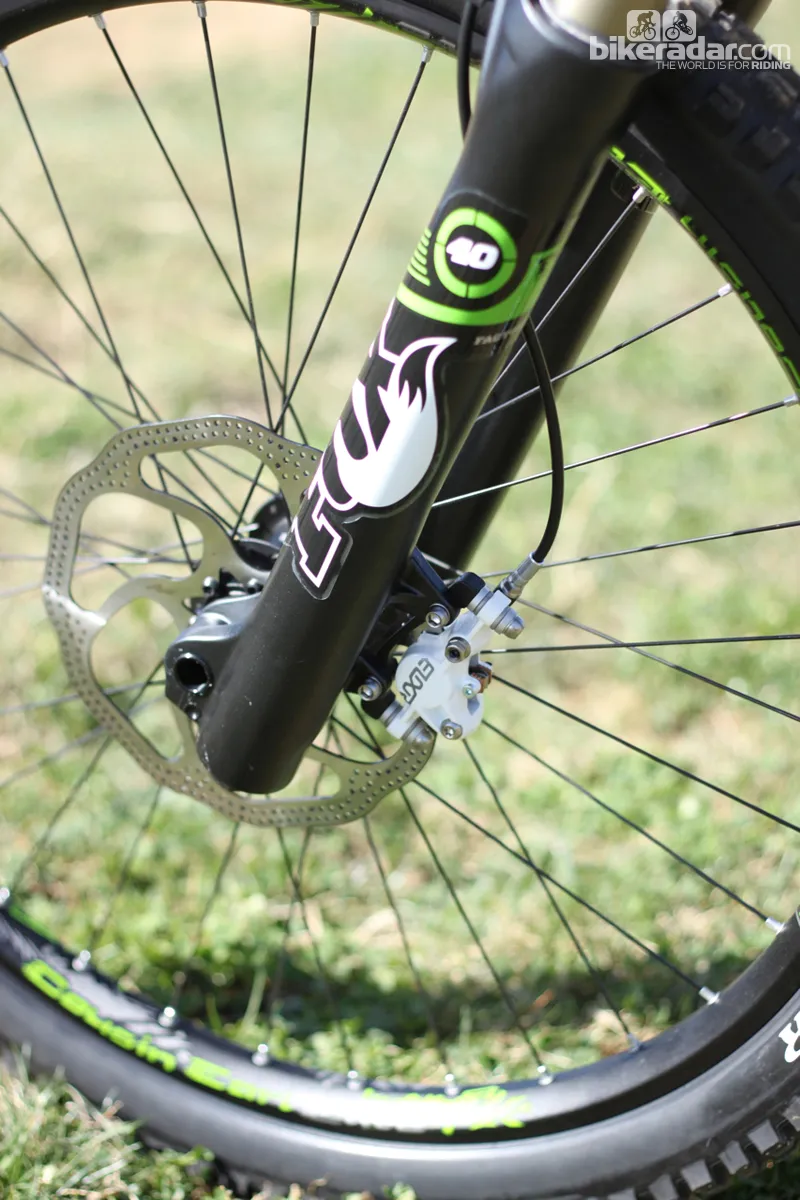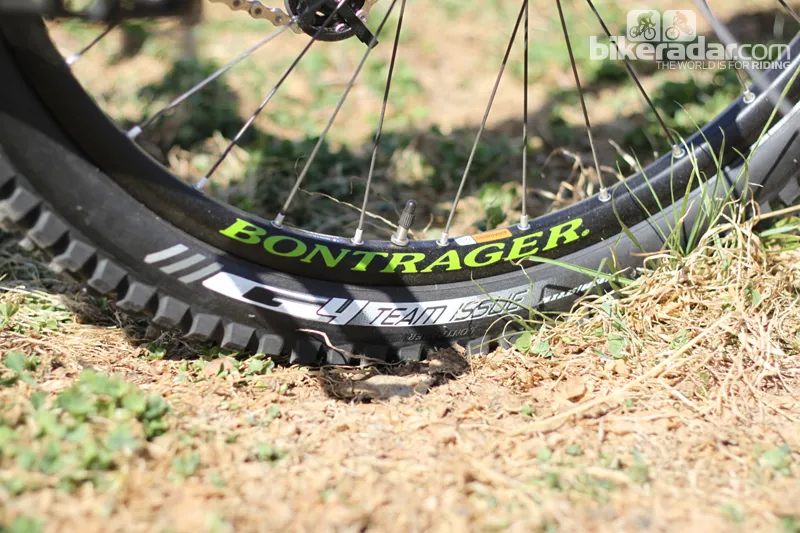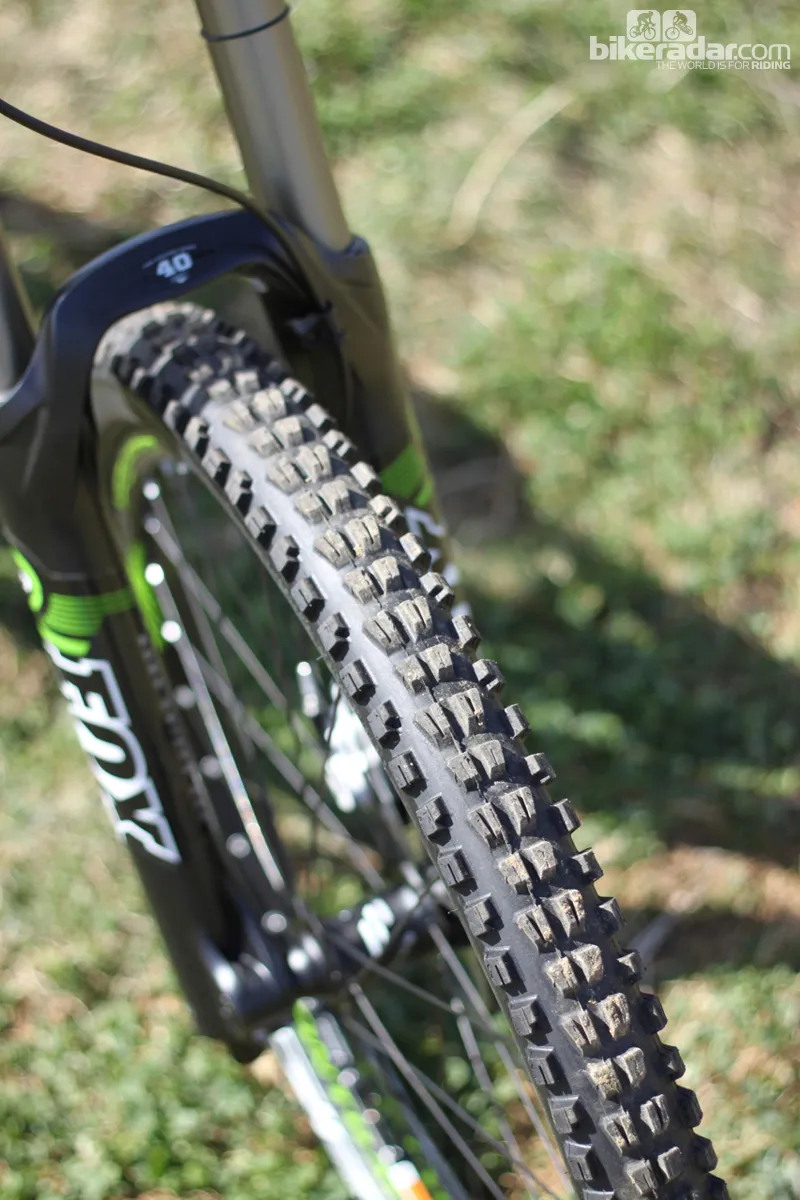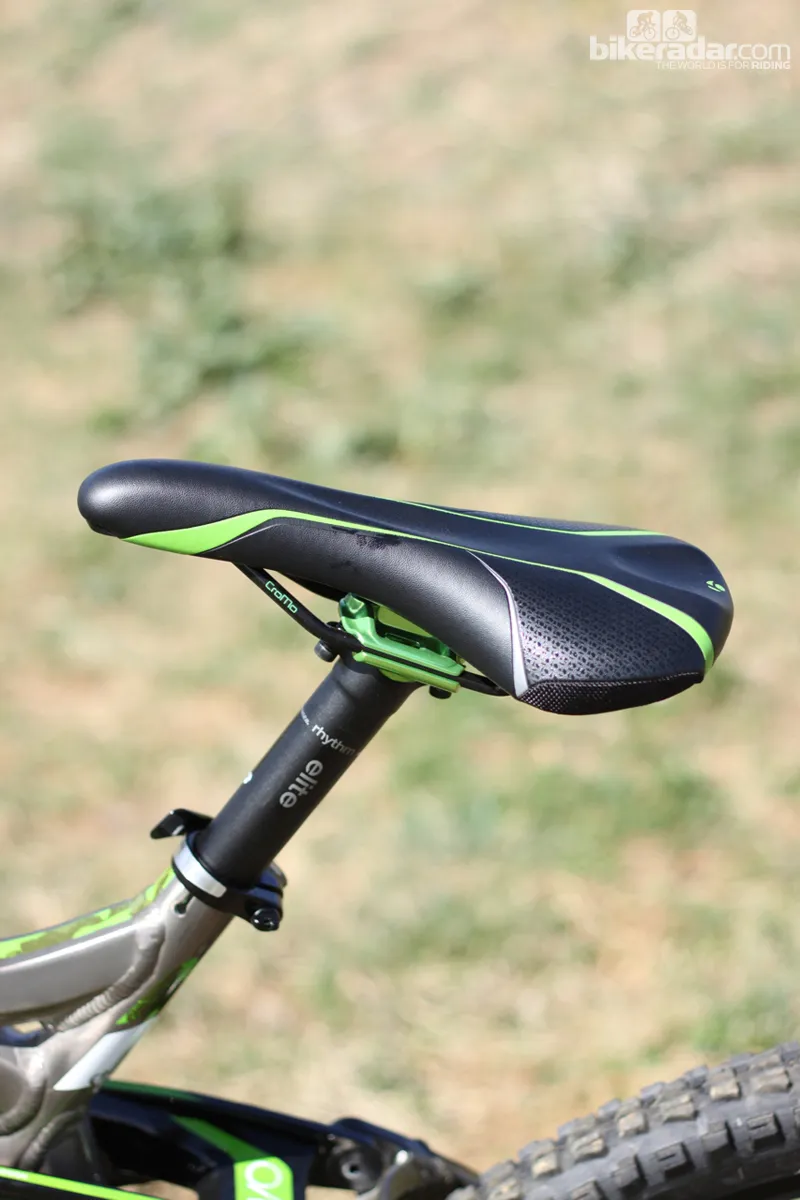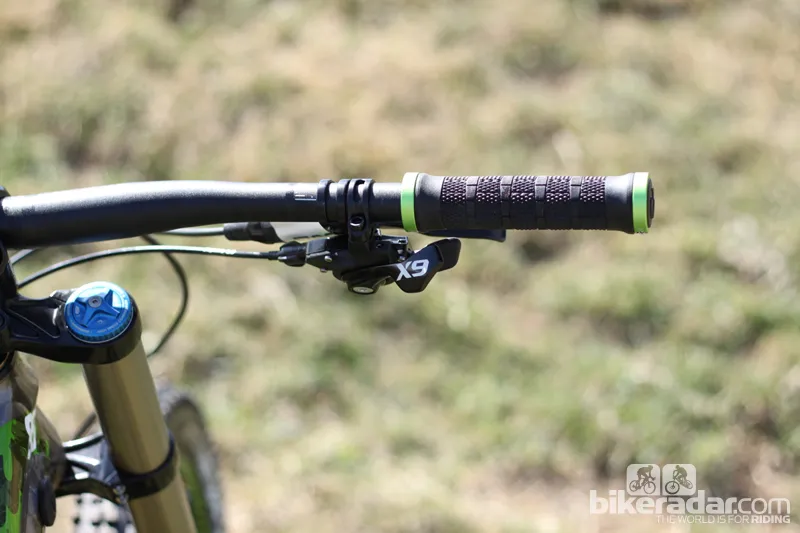With Trek’s late 2011 launch of the carbon Session 9.9, a near US$10,000 bike, it’s easy to forget that the aluminum Session 88 was the bike responsible for a greater proportion of Aaron Gwin’s dominance of the downhill circuit last year.
Gwin took the first three World Cup rounds on his team issue alloy Session 88 – compared to only two wins on the new carbon rig – and it should be noted that 2011 women’s World Cup winner Tracy Moseley spent even more time on her alloy bike, due to the fact she was so successful on it that she didn’t want to change. Have we made enough of a case as to why we wanted to get on the 2012 alloy model for testing?
The Session 88 is the second-tier downhiller in Trek’s line, only upstaged by the carbon rig, so it’s still not cheap at US$6,499.99 (£5,000). When you’ve just won both the men’s and women’s World Cups, you’re allowed to cash in on some hype, we guess.
Despite its metal construction, the Session chassis had massive R&D poured into it by Trek. Its down tube is wind tunnel developed and the geometry was tested and proven on the World Cup circuit by arguably the best team currently on the tour – fastest man and woman, at least.
Trek say the team also played an integral role in tuning the suspension. While the spec’d Fox 40 RC2 fork isn’t the hybrid air model found on the carbon Session 9.9, the tune has been influenced by the team, as has that of the rear Fox RC2 damper.

Fox’s OE (original equipment) 40 RC2; the fork uses the company’s older IS brake mount, standard stanchions and a steel spring, versus the aftermarket fork’s titanium spring, Kashima coated stanchions and post mount lowers
The frame, which was introduced for the 2011 model year, has all the bells and whistles: the aero down tube, integrated bash protection and fork leg bumpers, plus the option to internally route cables. It also fits Cane Creek’s AngleSet adjustable headset, though it comes equipped with the gimbals set in 0° offset cups. With last year’s redesign, Trek added an additional XL size.
Our 38.71lb (17.56kg, with included flat pedals) test rig has us wishing Colorado’s high-country snow to melt faster so that we can get on the lifts with it. However, a preliminary parking lot pedal has us already impressed. The bike offers efficient and sporty pedaling on flat ground, where it doesn’t feel like it has 203mm/210mm of travel front and rear.
The bike looks fast, too. Its clean lines are accented by color-matched components, from the Fox 40 all the way to the SRAM X0 DH short cage rear derailleur. Of course, the Bontrager supporting bits and wheels match as well.
Biggest disappointment? The SRAM/Avid Elixir 9 brakes; out of the box their levers go to the bars with the pad contact adjustment all the way out, and subsequently they need a bleed right away – something that, if we were Trek (or a Trek dealer), would call SRAM out on.
Unable to load media
